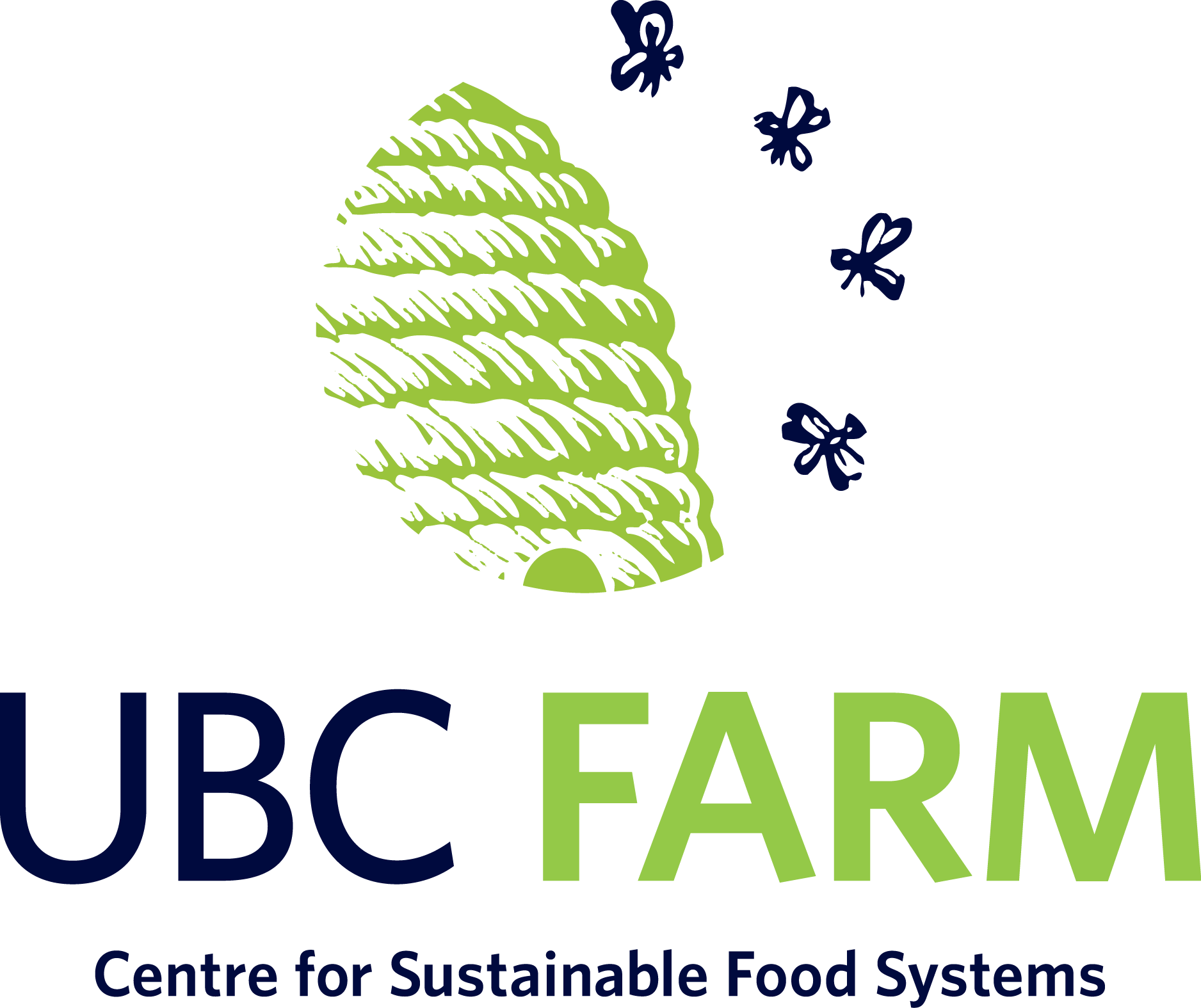Barley–Pea Intercropping: Growing Crops Together to Improve Land Productivity
Source
This brief is based on research that has been published in a peer-reviewed journal.
Introduction
Growing barley as the sole crop in a field has impacts on land productivity by decreasing soil carbon and nitrogen. Sustainable nitrogen management is challenging due to the increasing cost of nitrogen fertilizers, the emission of nitrous oxide, and the potential of nitrates contaminating both ground and surface water. Intercropping (growing different crops together) is a sustainable practice that aims to limit artificial fertilizers and other external inputs. Benefits from intercropping include higher productivity, improved soil fertility, increased efficiency of resources, reduced damage from pests, diseases and weeds, improved forage quality, and improved carbon and nitrogen dynamics. An intercropping system of barley and pea may help increase land productivity, and help maintain soil organic carbon and soil mineral nitrogen.
The objectives were:
-
to identify an intercropping arrangement of barley and pea that maximize synergies compared to monoculture plots
-
to recommend the best combination of practices that are both productive and environmentally sustainable
Research Process
A two-year study was conducted during the 2011 and 2012 cropping seasons at the Centre for Sustainable Food Systems at the UBC Farm at the University of British Columbia in Vancouver, BC.
Five different arrangements were tested:
-
Barley monoculture
-
Pea monoculture
-
One-to-one (1:1) Barley-to-pea intercropping (alternating rows of barley and pea)
-
Two-to-one (2:1) Barley-to-pea intercropping (two rows of barley for every one row of pea)
-
Barley & pea broadcast intercropping (scattering pea across the barley area)
At least 50 cm was kept between each plot to minimize interactions. Crops were managed equally across arrangements under organic and rainfed conditions, and maintained without fertilizers, pesticides or fungicides. To measure productivity, the number of pea root nodules, barley yield, and total plant volume were recorded. Barley nitrogen and carbon content was measured using tissue samples from the leaves and stem. Field measurements of net ecosystem carbon dioxide exchange were conducted at the soil surface.
Results
All intercropped arrangements showed higher land productivity, with the greatest increase in the two-to-one (2:1) arrangement. Intercrops showed greater plant volume, more barley protein and increased pea root nodulation (which fixes nitrogen in the soil).
Intercrops arrangements had better nitrogen fixation and greater nitrogen and carbon content in both plants and soil compared to monoculture arrangements.
About this research
This research has been published as a peer-reviewed journal article:
Chapagain, T., & Riseman, A. (2014). Barley-pea intercropping: Effects on land productivity, carbon and nitrogen transformations. Field Crops Research, 166, 18.
This research was part of Dr. Chapagain’s PhD dissertation.
This research was supported by Centre for Sustainable Food Systems at UBC Farm, Faculty of Land and Food Systems, University of British Columbia, Vancouver, British Columbia, Canada.
Key Findings
Intercropping barley and pea is an efficient strategy to increase land productivity, plant quality, nitrogen and carbon content, and ecosystem photosynthesis (storing carbon and releasing oxygen). Planting in rows of two-to-one (two rows of barley for every one row of pea) was the most productive arrangement.


